There has never been a better time to go and wet a line by float fishing for silvers. Silverfish can provide awesome sport on a float rod, with both commercials and rivers being plentiful with roach, skimmers, chub and bream.
Kit and bait-wise, what you need couldn’t be simpler – a small reel is ideal, loaded with 3lb-6lb breaking strain line. A few waggler floats from 3AAA to 5AAA will get you up and running, along with couple of packets of ready-tied size 18 and 16 hooks and a pint or two of maggots – reds or mixed, it’s your choice. If you want to trot a stick float down a river, these rods are great for that too, helping you control and direct your float right into the waiting mouth of a fish!
Best float rods for silvers at a glance:
As for rods, there are some fabulous heart-stopping priced top-end models available, but there are plenty more good quality rods that work very nicely indeed and are a good deal kinder on the wallet. Along with these are a few models that are ideal for bigger river fish. Here is our full guide...
How we test the best float rods
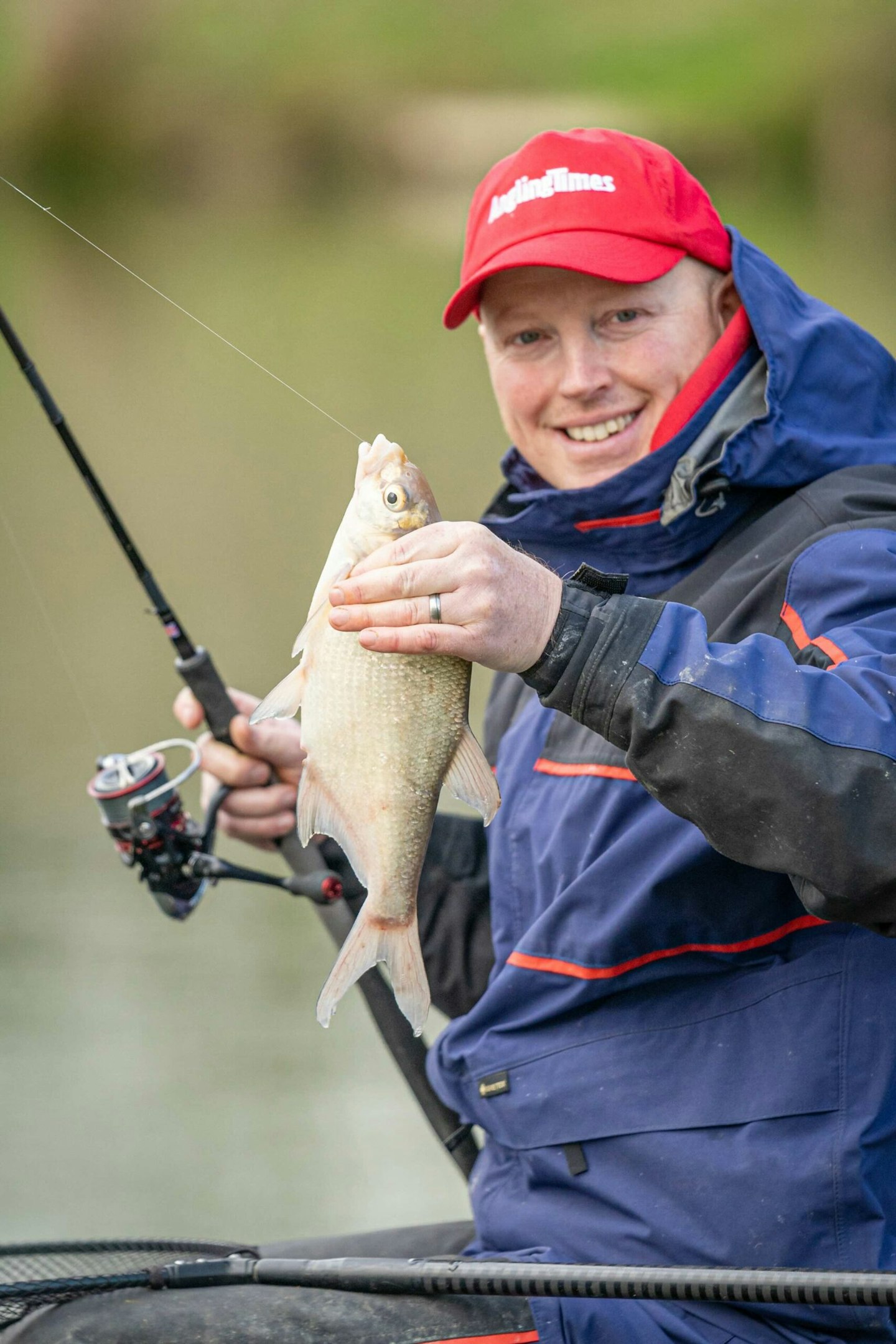
These float fishing rods were tested by experienced members of the Angling times team. We have been using and abusing rods like these for decades and have probably used most, if not all of them during our time on the bank, so we know the best from the rest!
Tackle tester, Dan Webb has been testing a variety of float rods in varying scenarios to ensure they perform how they are supposed to for the given method they were designed! Whether it be waggler fishing for roach, trotting for chub or more traditional float fishing tactics for ide and tench, the rods have been thoroughly tested on rivers and lakes so we can give a rounded review!
Our decision process of what makes the best float fishing rods takes into account various factors including price point, weight, build quality and versatility to ensure we can give you the best advice on factors that will make an actual different to your angling.
The following list includes a mixture of our favourites for all types of float fishing you are likely to encounter! Find out how we test our gear, HERE.
If you enjoy float fishing on rivers for a mixed bag, then the Drenann Acolyte Ultra range of rods are seriously hard to beat. There is probably not a rod on the market that is lighter than they are, making them easy to hold and use all day without any fatigue in your arm. The tips of the rods are incredibly fast too, which will help you hit even the most sensitive bites, perfect if you are catching roach one minute and chub and barbel the next.
The new Acolyte has larger, better-casting guides lower down, with a modern top-end Fuji screw-down reel seat, and breaks down into two or three sections depending on model. This will help you cast lighter floats further, helping to improve your presentation, which will catch you more fish as a result!
It also feels stiffer when being waggled around than previous models, something several anglers have mentioned to me after looking at them in shops. This, however, is an illusion created by the tippy action and the crisp modern carbon used – with a fish attached, it feels so much softer, so while you have the stiffness to hit bites, you are comfortable in the knowledge the rod can cushion the fight, even from soft mouthed fish like skimmers.
This tweak just adds to an already incredible series of rods as the Ultra casts beautifully, as well as being unbelievably light and well balanced to hold, and felt lightning-fast when striking at bites. They truly are superb!
As if the fish in Marshes Lake knew I wanted to test the finesse of the rod to the max, the fishing was unusually hard, forcing me to scale down to a tiny size 20 hook and a 0.10mm bottom. This gave me an extra flurry of bites, mostly from some very crafty ide up to 1lb.
When a fast and firm strike into a fish of that size on gear that light didn’t result in a breakage, I knew that the my old waggler rods had been used for the very last time, and I had to think of some excuses to give the wife as to why I was going to be buying yet another rod!
Pros
- Lightweight, crisp, and responsive
- Instantaneous line pick up
- Just as good on commercials and stillwaters too
Cons
- If you are fishing for lots of big chub and barbel, you might want to consider the specimen range instead.
The newest incarnation of the legendary range is the Daiwa Tournament S 11ft 6ins Float. It has been updated with Daiwa’s latest technologies, including HVF Nanoplus and V-Joint Alpha, but more notably, the action has been geared slightly more towards natural venue fishing.
The 11ft 6ins Float is a superb offering, brought about by the rise in winter silverfish matches on commercials, along with the need to serve anglers fishing small rivers and drains, making it already the best-selling float rod in the range. Perfect for smaller wagglers and casts of 15m to 25m.
When using this rod, before even casting it out it just felt right for the job it has been designed for. It was light, with a thin blank and a crisp action, perfect for casting light wagglers out for silverfish on commercials. The rod is punchy, and while that may surprise you, it is needed to hit those delicate bites from silverfish, it also makes it great for hitting bites on rivers too, especially in windier conditions. The slightly larger guides, really help reduce friction when casting and coupled with a 3lb mainline in testing, a small loaded 2g waggler was reaching 25m with ease and accuracy.
The rod, as you would expect from Daiwa, looks beautiful, the blue flash just adds a touch of class to a really superb rod and with all evaluated, we couldn't give any other rod our prestigious award of the Best Float Rod in our National Angling Awards 2024.
Seaguide TYG and TDG, premium skeletal guides are used throughout and perfectly complement the fast, yet forgiving action of the rod’s gorgeously thin blank.
Pros
- An awesome rod for more traditional waggler fishing techniques
- Lightning fast line pick up
Cons
- Not our first choice if big carp are the target
The Daiwa Matchman 13ft pellet waggler rod, although labelled pellet waggler this rod is more than capable of targeting silverfish particularly on commercials. If big skimmers, crucians and tench are your target this rod has all the extra power you will need to prevent them getting under platforms or into lily beds as some softer rods allow.
As you would expect for a rod under £40, they aren't the stiffest, but while testing them out at crucian Mecca marsh farm, we loved the extra power they had for fishing in the margins against Lillies and rushes and they landed tench over 5lbs and plenty of specimen sized crucians. In fact, it was so much fun we forgot we were holding a rod that is essentially a budget/beginner entry rod. If you go to a mixed commercial with a chance of bigger silverfish and tench, or want a rod to go down to the canal this is perfect and I find myself using it more and more often now!
The rods length assists in casting lighter wagglers to a comfortable range past the pole line and beyond, and it does double up as a carp float rod too if the day calls for it. The construction gives a good balance between power and sensitivity, maintaining good line pick up to assist in hitting even the most shy biting of silverfish.
It’s easy to use and perfect for the newbie angler. The through action is, in our opinion, better suited to stillwaters than to rivers.
Pros
- Great for stillwaters
- Lovely through action
- Ideal for tench and crucians
Cons
- Not the best for rivers
Best comercial silvers float rod
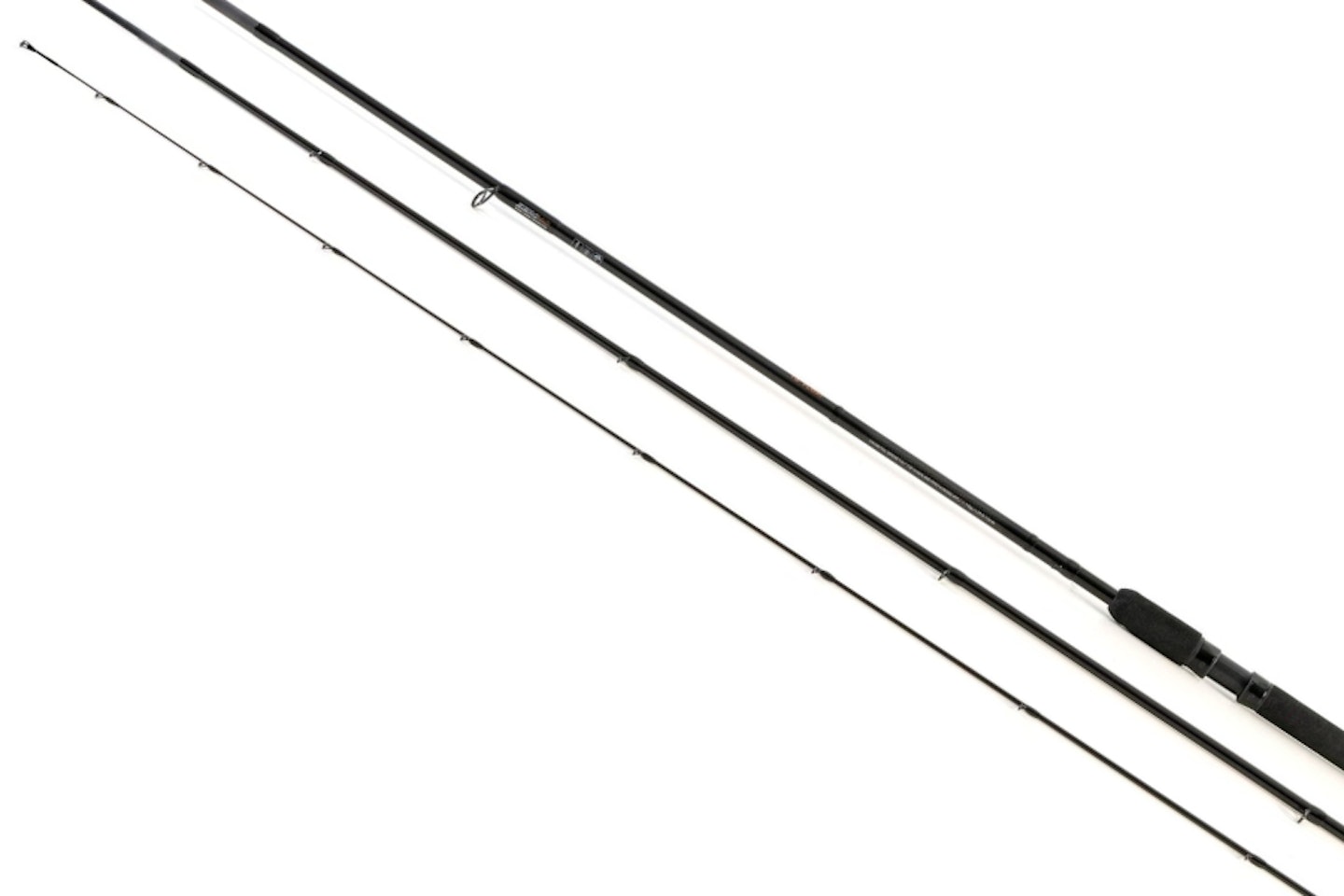
www.total-fishing-tackle.com
The Guru N-Gauge Pro 13ft Float Rod is a great choice for anglers who want a high-quality, versatile, and easy-to-use rod. It's made with high-quality materials and features advanced technology that makes it easy to use and durable.
Constructed from a high-grade carbon, it has quite a crisp action and its super slim blank lends itself well to casting small floats and light lines.
Pros
- Balanced rod, with soft progressive through action
- Great pick-up speed
Cons
- Performance is hampered with heavier lines
Best all-round float rod
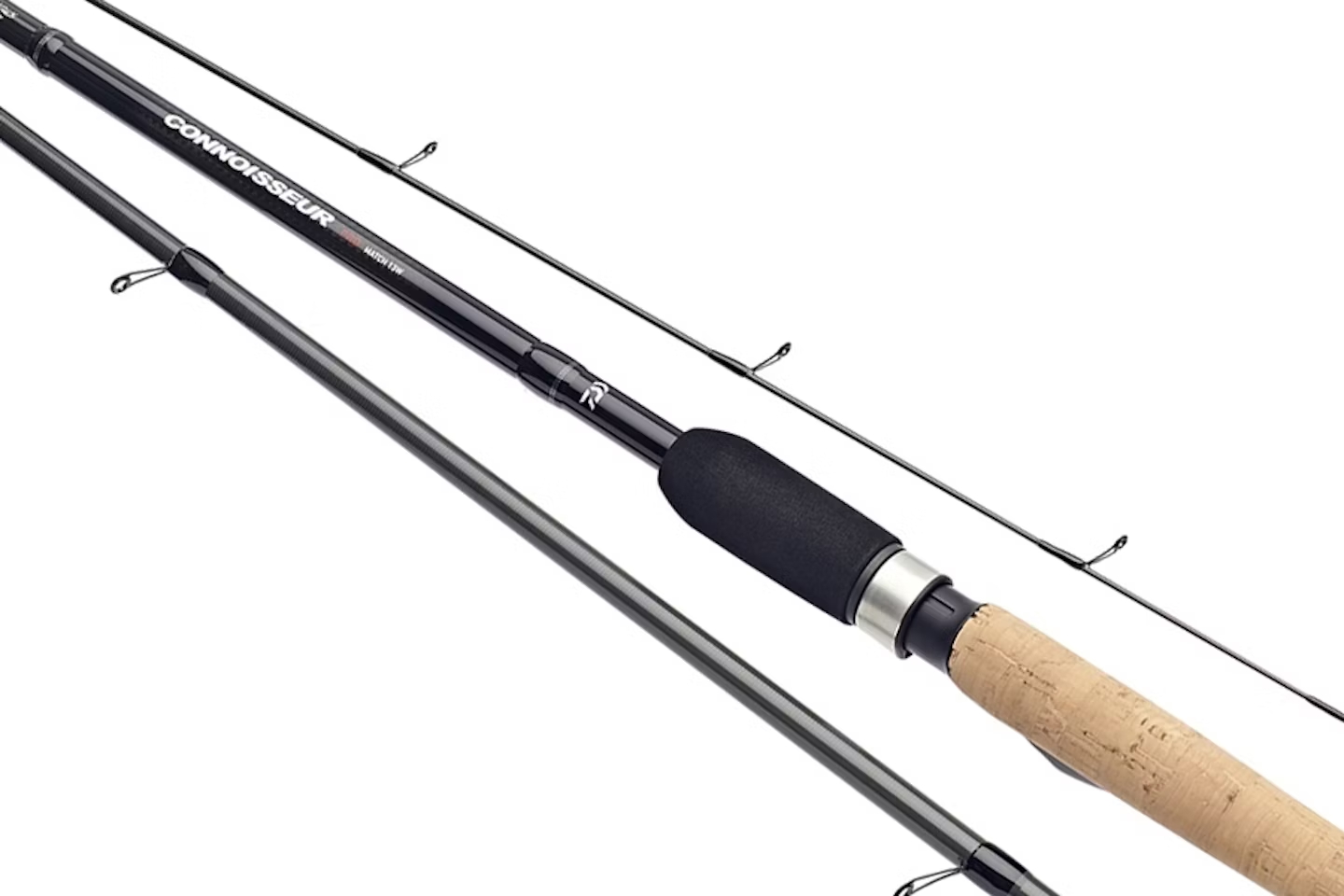
www.fishingtackleandbait.co.uk
Wild water fans hold Daiwa’s iconic Connoisseur Match rods in the highest esteem. Benefiting from some of the best carbon cloths and technical processes, these Daiwa Connoisseur Pro rods will perform at the highest level on any still or running water.
Light and comfy in the hand, they cast crisply and cleanly, and their somewhat tippy action will cast everything from the lightest of stick floats through to the heaviest of sliders.
Viper-fast line pick-up speeds make them ideal for long trotting, so it’s little wonder the Connoisseur has a fine river fishing heritage.
Pros
- Fast line pick-up.
- Plenty of power.
Cons
- Better for use with low diameter lines.
Best value float fishing rods
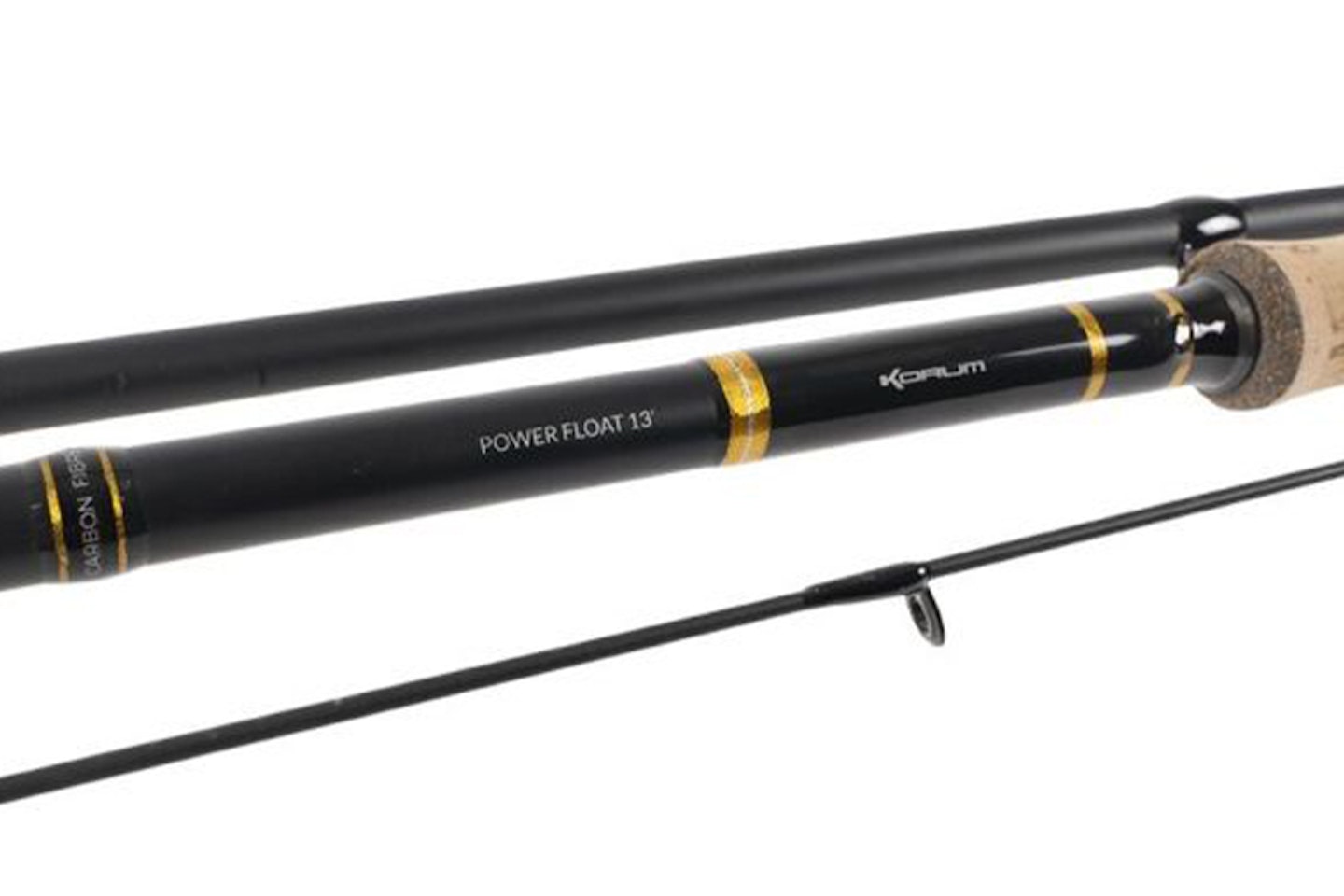
www.ebay.co.uk
Korum Glide rods deliver a soft, parabolic action through their middle and butt sections, but still have super-fast line pick-up speeds and lightning tip reactions, making them ideal for dealing with chub and barbel on the float.
Rather interestingly, these versatile rods are ringed to suit both fixed-spool and centrepin reel enthusiasts, so the purist angler who enjoys using vintage tackle will surely admire their classy old-school look and build quality.
The rods, that come in three different lengths, are designed and built for the serious big-fish angler.
Pros
- Fast tip speed.
- Parabolic action.
Cons
- Not the best for casting light floats.
Best in class float fishing rod
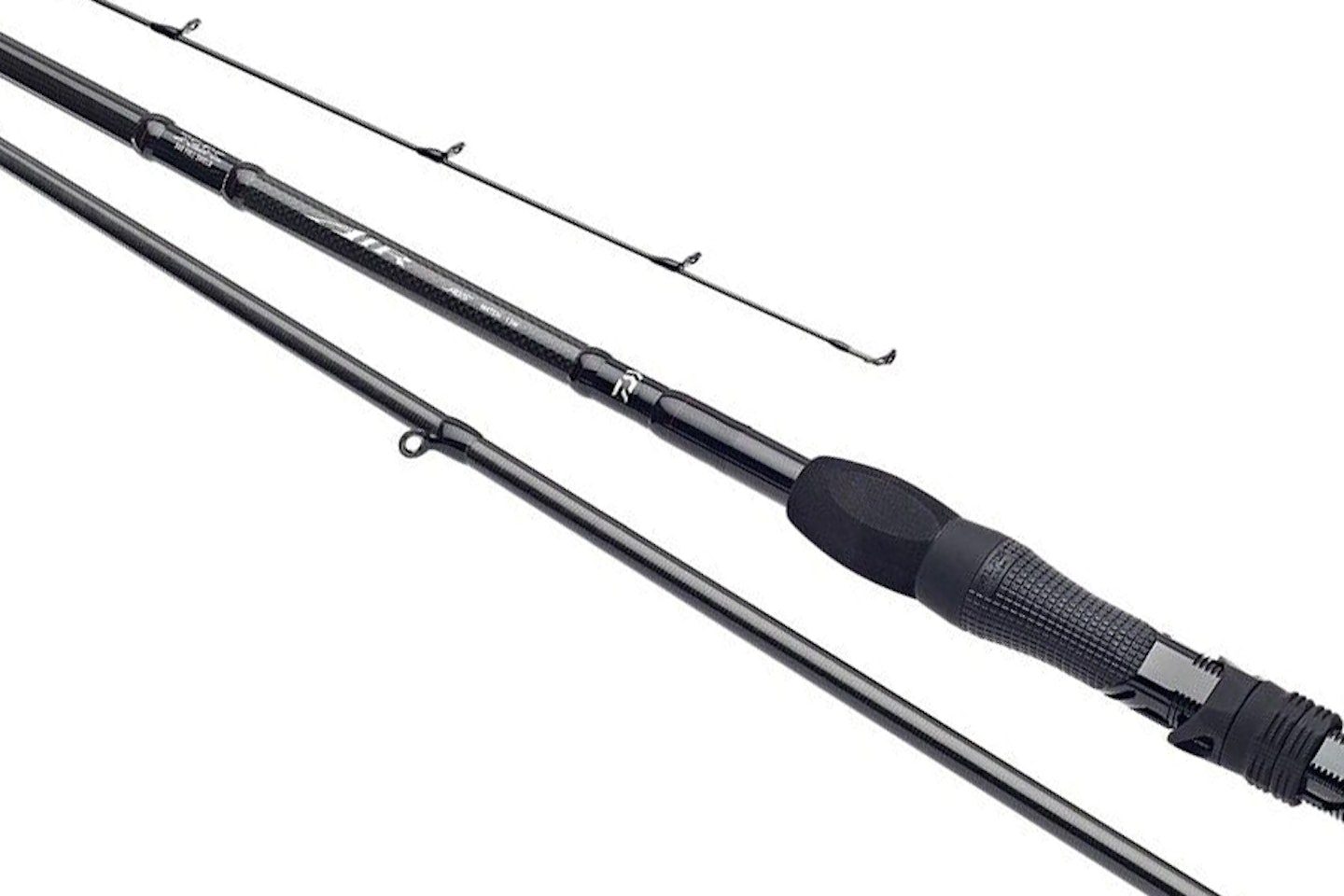
www.total-fishing-tackle.com
Daiwa’s flagship Air Z AGS rod epitomises the firm’s no-compromise approach to design, engineering, materials and build quality.
Premium grade carbon fibre with additional nano reinforcement is further combined with Daiwa’s X45 carbon layering technique. The slim blank gives an unbelievable casting performance, and its line pick-up speed and tip recovery rates are astonishing. You also get exclusive carbon guides.
I once asked Daiwa why the company built this rod, and the answer it gave was very apt: “Because we can,” was the reply.
It’s quite simply an exquisite rod.
Pros
- The complete waggler rod.
- Light and balanced, with a great action.
Cons
- One of the most expensive float rods on the market.
While it would be nice, we don't all have an infinite budget when it comes to fishing tackle, but that doesn't mean you can't get a great quality rod as the The A-Class float range proves! The entire range is great option for anglers who are looking for an affordable and versatile rod who do a bit of everything. The range includes four models, but the 3-piece 13ft model is perfect for stillwater and river waggler/slider fishing for silvers.
The A Class is made from 24T tensile carbon, which provides a good balance of power and flexibility. With stainless steel frame guides, fitted with titanium oxide rings provide durability and help to reduce line friction. The downlocking DPS style reel seat is comfortable to use and handle.
Pros
- A capable rod at a budget price
- Equally at home on stillwaters and rivers
Cons
- Tip section lacks some sensitivity
What to look for in a waggler rod for silvers
When it comes to a rod for silverfish there are a few variables to consider. Where will you be fishing and what will you be targeting are the main questions you need to ask, as the rod specification will vary depending on the answer.
If you intend to target roach, ide and skimmers on a commercial, then a soft through action rod of around 12ft in length will be perfect, as there are no snags to contend with, so you won't end up bumping the fish off. If you visit mixed fisheries that has tench, crucians or even barbel in that tend to fight much harder and grow bigger you will want to opt for a stronger rod, either a specimen version or pellet waggler rod to help control these fish!
If you are targeting chub on a river though, this type of rod will struggle. You will need a stronger rod of around 13-15ft, depending on the size and flow of the river. You will need to be able to control the float, whilst having the power in reserve to steer those big fish away from snags and against the flow towards you.
Glossary
Blank: The hollow carbon fibre tube that the rod is made from, attached to which are the guides and handle.
Guides: The rings that line the length of the rod that the line passes through.
Reel seat: The part of the handle that your reel attaches to. Almost all UK coarse rods have screw-down reel seats, where the fore-grip on the handle rotates and closes the seat to hold the reel in place.
Test curve: Usually measured in pounds, it's the weight that needs to be applied to the end of the rod to make it bend over 90 degrees. The greater the test curve, the more powerful the rod.
Casting weight: Depending on the manufacturer, it is either the best suited or maximum total weight in grams that you should cast with your rod. You will normally find your rod will perform best at around half its total casting weight. For example, a 120g feeder rod best suits a 60g feeder.
Fish playing action: A way of describing how good a rod performs when reeling in a fish. A rod with a good fish-playing action will provide plenty of cushion to a thrashing fish, preventing hook pulls (lost fish) and line breakages.
Progressive action. A rod that quickly powers up from its tip through to its middle area, providing the ideal coordinated playing action for powerful fish.
Tip action: This normally applies to traditional three-piece float rods that need a 'tip or tippy action' to be able to whip out light floats when casting, as well as pick-up line very quickly on the strike.
Through action: A rod that has a softer top section but still produces a cushioned bend throughout its entire length, giving a good fish-playing action.
Parabolic action: A rod that can bend throughout its length but stiffens towards its butt section, providing a controlled cushioning action when playing a fish.
Rod taper: How a rod changes in diameter along its length. A fast taper rod will typically thicken up very quickly as you move away from the tip. Although other factors come into play, like carbon types, weave and construction, typically, a fast taper rod will bend more at the tip than the butt (tip actioned).
Frequently asked questions on float rods
Why do float rods come in some many different lengths?
Float rods, as their name suggests, are designed and built to cast lightweight floats of all shapes and sizes, and to that end, they all serve exactly the same function. The length variations come about as float rods that are, for instance, power float rods commonly used on rivers, will have longer lengths of line to pick up when mending or striking, plus they also require a longer length for additional float control in flowing water. Commercial pellet waggler rods are generally used to cast heavier floats, and they are built with progressive rather than tippy fish-playing actions, which are functions best served with shorter-length rods.
What length rod is good for a beginner?
A good question. If you're new to float fishing, be that on a lake, canal or river then we recommend something around the 12ft mark, with a through action. This will be more than comfortable to use without being cumbersome and difficult to manage, whilst also providing you with enough length to cast easily and won't be out of its depth on a smaller river. So you have a great all-round rod to begin your journey.
What is a line rating?
A line rating is a guide a manufacturer gives to a rod to give the angler an idea of its power and capabilities. Softer, more forgiving rods will tend to have a lower line rating of say 3lb, whilst the more powerful rods will have a line rating of 6lb-plus. This doesn't mean you can't use heavier lines, it is merely a guide to consider.
What is a waggler rod?
A waggler rod is just another term given to a float rod. A waggler is a type of float that is fixed bottom end only and locked with shot or stops to prevent it moving up and down the line. The rods tend to be 11-13ft long and very light and thin to help them cut through the air quickly to allow for maximum distance the using light lines and floats.
What size reel should I use with a float rod?
We recommend a reel around 3000 in size when using a float fishing rod. Any bigger than that and the rod will become unbalanced, using one smaller will reduce your casting distances as the spool on the reel will be more compact.
Author Mark Sawyer holds the position of Tackle Editor at Angling Times, boasting more than thirty years of experience working within different fields of the angling industry.


















